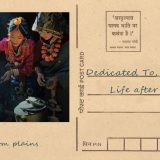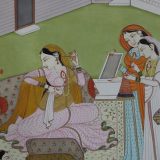pashm
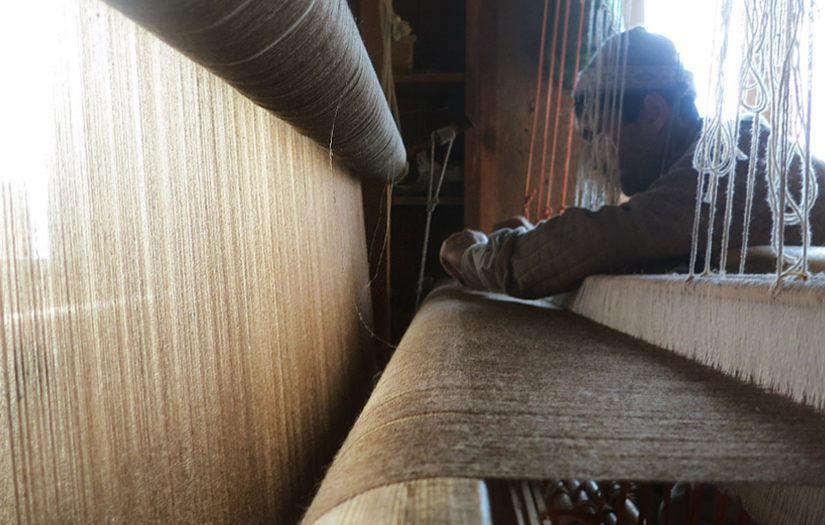
At 5:30 am in the morning, 15100 feet above the sea level he’s rushed, separating his Pashmina goats ready for milking. The Changpa nomad and the goats, both have learnt to adapt to the tough terrain.
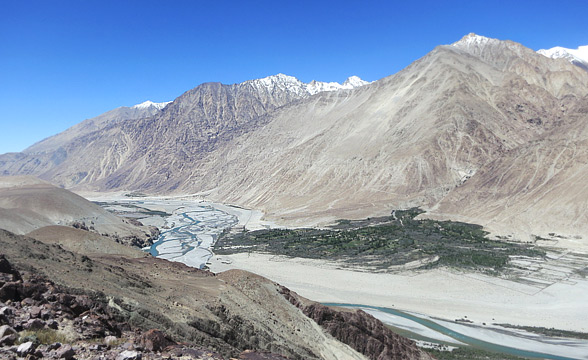
The landscape is passionate, unforgiving and beautiful. The hurry is to send the goats for the fodder of the day… a grazing pasture that could be miles away.
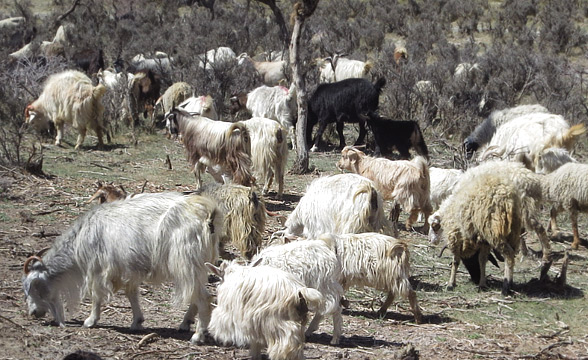
A beautiful elixir for the life of goats… In response to the severe cold of altitudes over about 15,000 feet, Capra Hircus, a specie of goats produces an undercoat of extremely fine wool called Pashmina. “Soft gold”, it literally translates as. The finest is known to grow on the Himalayan Ibex’s underbelly.
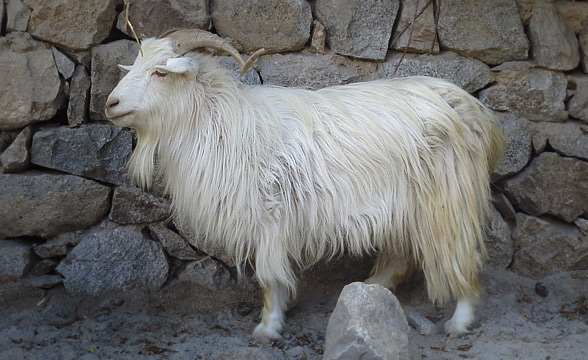
Summers come, they rub themselves against rocks and shrubs, leaving behind fine short haired fleece. It’s collected and is worthfully sold. The fleece is called Asli Tus, renowned for it’s soft silkiness, feather lightness and warming attributes. The wonderous ‘ring shawls’ that slither through a small thumb ring take birth from the fleece. ‘Shawl’ from Persian ‘Shal’ is a garment made of a length of woolen fabric.
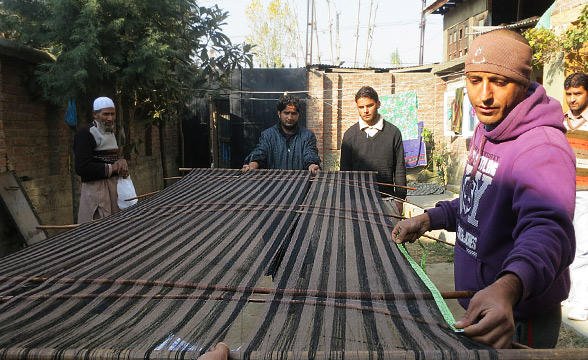
The wool collected every spring before the goat grows a new coat each winter is cleaned. Combing separates the hard and the soft fibers. Then on the Charkha it is carefully hand spun. The wool merchant separates the yarn for use as warp and weft. For a colourful Shawl, the Rangur(dyer) at this stage would see the yarn arriving at his door. After dyeing, the hanks of wool morph into bobbins and are made ready for warping.
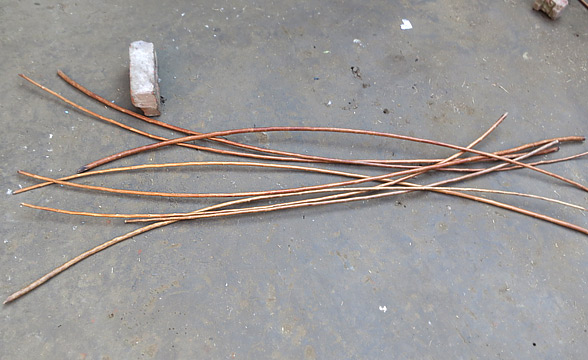
One warp for each shawl at a time is the usual way… The warp (Tani) is wound straight from a bobbin, which stands on the ground with the aid of a warping stick which ends in a hook through which the thread passes. This passes through a ring attached to the ceiling, to keep the flow smooth. The warp winder goes around, winds the warp around the four pegs stuck into the ground. The finished warp is attached directly to the loom. A bamboo stick is inserted in the lease. The warps are then sized.
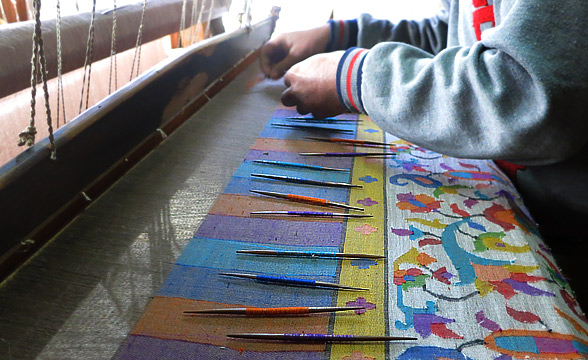
The designs are laid and a writer transforms the designs onto a Talim in form of script or a series of hieroglyphics. It’s woven as Urdu is read (left to right) and the Talim is read as one reads English (right to left). The Talim consists of a set of symbols denoting various numbers of warp ends and a second set denoting the different colours the Kani (bobbin or small individual shuttles for the different colors of the motif) has to go over. The master weaver chants along from the Talim and the weavers play the music on the loom accordingly. The weavers are at the looms for about 8 to 15 days to create a plain full length Pashmina and the number of days increase with the intricacy of the design if it’s a Kani Pashmina shawl.
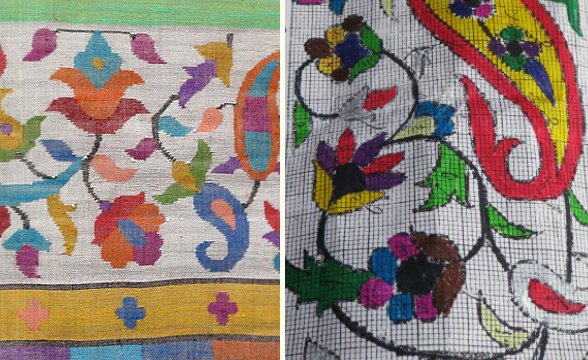
With their coloured strips, elaborate floral motifs, the shawls till date remind us of Persian richness. Chand-dar or Moon shawl hosted a medallion in the centre and quarters in the corner just like the ground it would adorn. Badams, Panjdar (five fingered flowers), Cheet misri (Egyptian print), Kev Posh (root flower), Gul-e- noor jehan (a flower liked by Noor Jahan), Gulabkan (roses), Yumberzal Posh (meadow wild flower), Marder (snake like forms), Gulkar (only flowers), Ragas Chinar (leaves of Chinar), Taj (Taj mahal) created language of the shawls. William Moorcraft wrote about the advanced and organized system of division of labor in industry between 1820 and 1823. More the intricacy of the shawl, twelve or even more specialists independently worked on the same shawl.
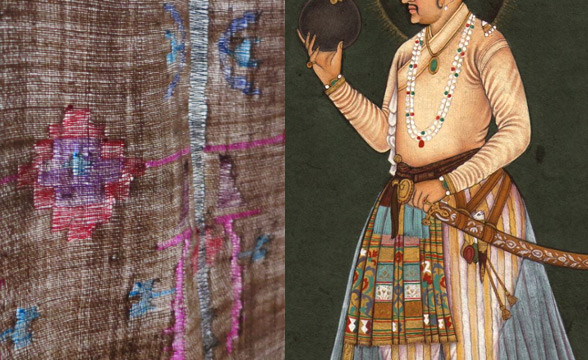
Shawl weaving remained one of the most important economic activities of Kashmir till the late 19th century. The Nawabs of Oudh, the Rajput princes and the elite of Hyderabad wore Jamas and Angarkhas of elaborate designs. Akbar got a pair of shawls stitched back to back and it went on to be called Dhoshala, the style continued. Such shawls were often given as bribes to please British diplomats. Imagine all that it took to pack off the British back to Buckingham palace. Late 18th century saw the empress Josephine, wife of Napoleon 1 of France and the English royalty exemplifying their taste for the Kashmir shawls. Queen Victoria wore, folded diagonally, the square shaped shawls she received as an annual tribute from the state of Kashmir. Till date, Pashmina shawls form the most treasured possession in the wardrobe for those who live a tasteful life.
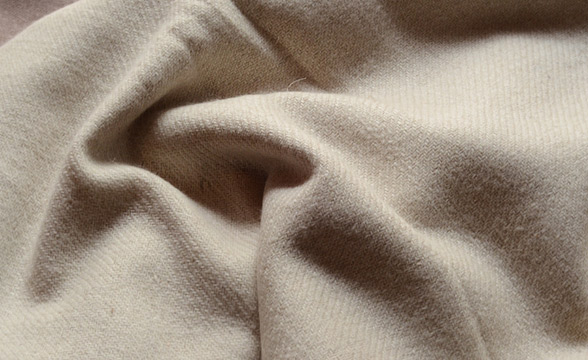
As a contrast to the tastefully built up world of the humans of high esteem lay the vast stretches of grazing lands in the Himalayas…. with absolutely nothing that can be called as built up till as far as the vision goes… and there lives Sonam, a 9 year old Changpa Nomad girl, with her dog. She is busy flocking the Pashmina goats near the lake. The goats have grazed, the men have eaten and drank and sung and they must return home. It’s still winter, there’s still time for the spring to blossom. She, her family, the goats, all have coats of the most exquisite fur to wear…. life is beautiful…. more so, outside of the wardrobes….
Read more About Pashmina Weaving ~ Gaatha.org

